SUMMARY
This is AI generated summarization, which may have errors. For context, always refer to the full article.
MANILA, Philippines – It is difficult to write about a city like San Francisco. Its charm and beauty—even the fog—have long been immortalized by songs and books, its streets the sets of many movies. Because of the large Filipino community that has made San Francisco their second home, the city has become a second home to many Filipinos by default.
It is perhaps more difficult for me to write about a city I grew up in. I spent most of my early childhood shuttling between San Francisco and Daly City—also known as the California Filipino Town. Like many residents, I took the hilly streets, the coastline, the eccentricities for granted.
After being away for many years, I had the chance to show a first-timer around the city that was once my home. The feelings are the same, whether reuniting with an old friend or with the city that was once your home—the quiet comfort of familiarity, the sense of nostalgia and rediscovery.
So forgive me if this is not the typical San Francisco travel piece you were expecting. I will not talk about its famous landmarks, its sights that many have already come to know and read about. Instead, I will take you on a walk through two of the city’s attractions, each of which have a place in America’s contemporary history: Haight-Ashbury and Alcatraz.
Relive Flower Power in the Haight-Ashbury District
The Summer of ’67: More than 100,000 young people made a pilgrimage to the Haight and Ashbury district.
Those who lived through it will still remember it for its psychedelic hippie outfits, its advocacy of peace and love, and the heathen lifestyle of sex, drugs and rock ‘n roll. Those who didn’t live through that era will recall it for its historical significance, marked by the protests of the Vietnam War and the civil rights movement.
The generation gap is closed by the unifying element of music that the Summer of Love was famous for. Haight and Ashbury was home to Jefferson Airplane, Janis Joplin, Jimi Hendrix and the Grateful Dead. The Grateful Dead House is one of the tourist attractions of the Haight-Ashbury walking tours.
Here are just some of the famous addresses in the district.
- 2400 Fulton Street: The Jefferson Airplane House
- 122 Lyon Street: Where Janis Joplin had an apartment
- 710 Ashbury Street: Where the Grateful Dead lived during the Summer of Love
Other landmarks you should visit in the Haight-Ashbury District include the legendary clock known as International Bong-Hit Time, which always reads 4:20. As the local guidebooks will tell you, someone once tried to correct the time, and the clock went right back to 4:20.
Stop by The Red Victorian, a quaint and eccentric bed and breakfast that used to be a hippie hangout called Jeffrey in its 60’s glory days. Now, it houses Peace Café, whose coffee, they claim, is the best in the Haight, with tables decorated with postcards inviting you to start a conversation with anyone who sits beside you.
In case you’re wondering about that other thing synonymous to the Flower Power era, medical marijuana is legal in the state of California and common around Haight Street. Do note that only medical marijuana is allowed and a doctor’s prescription is necessary for purchase. Oh, and there’s also a mandatory waiting period.
Go behind the bars of criminal history by taking a tour of Alcatraz
“The Rock,” as Alcatraz is also known as, was once the most notorious maximum-security and minimum-privilege penitentiary in the United States. The location—about 1.5 miles from San Francisco—made escape impossible, although Clint Eastwood as inmate Frank Morrison certainly tried in his movie, “Escape from Alcatraz.”
The lure of Alcatraz remains to be what life was like behind bars for its notorious inmates like Al “Scarface” Capone and George “Machine Gun” Kelly.
Life on Alcatraz is poignantly recreated in the award-winning audio tour of Alcatraz.
Told in part by inmates and wardens, events like the 1946 Prison Riot (complete with sound effects and gun shots) are relived as you walk through the parts of the prison where it actually happened.
The cruelty of Alcatraz was not in its prison conditions. On the contrary, its library was well stocked, the food was said to be the best in the Federal State Prison System, with both the guards and prisoners served the same meals 3 times a day.
The brutality of incarceration in Alcatraz was fighting the mental anguish of knowing and seeing freedom and the life you once had a mere 20-minute boat ride away. The frigid cold of the island, the howling wind and seeing the rest of San Francisco bay area from across Alcatraz compound the feeling of isolation and loss.
“Holidays like New Year’s were the hardest,” said one prisoner in the audio tour.
“The wind carried over the music and the laughter from the celebrations in the city. We could hear them so clearly that it was almost as if we were there. We were again reminded of the life that we once had.”
In the narration of one prison guard, the open yard was a privilege for the inmates who earned time to spend there in exchange for their good behavior. The biting winds were so strong and cold, especially during winter, that they caused fingers to turn numb. But no matter how cold it got, the prisoners who earned the privilege to stay there would stay out for hours reading a book or playing chess—the wind was a small price to pay for freedom of again being outdoors.
Alcatraz was closed in 1963 because of the cost of maintaining it. An estimated US$3-million to $5-million became too expensive to justify its continued operation.
Today, Alcatraz is a national park and one of San Francisco’s most visited sights.
If traveling during the peak summer season (June to August), make sure to book your tickets at least 3 to 4 months in advance. The tour is one of the most popular and there is a limit to the number of visitors the park can take in per day. Those slots fill up fast. – Rappler.com
Add a comment
How does this make you feel?
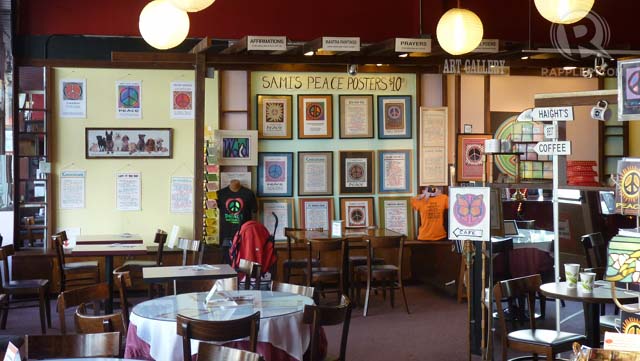
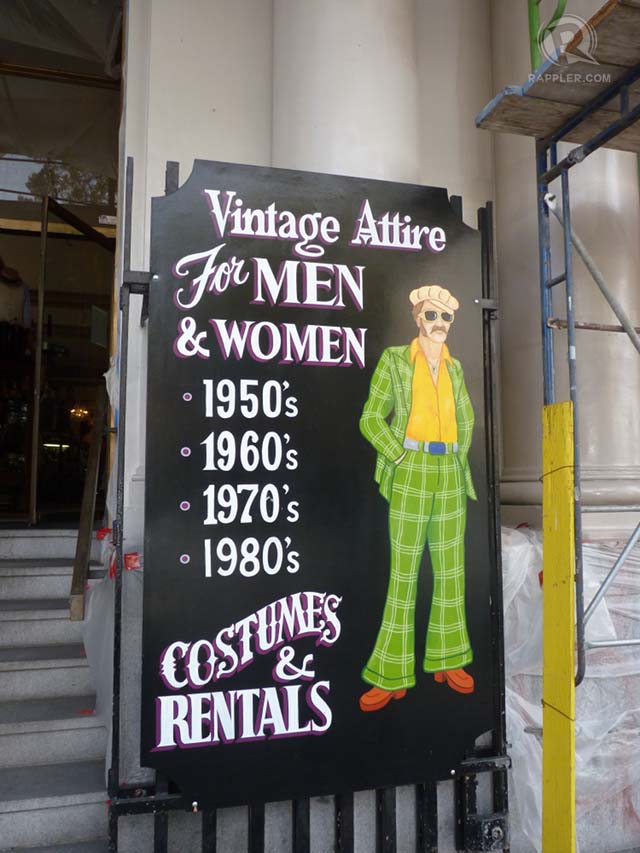
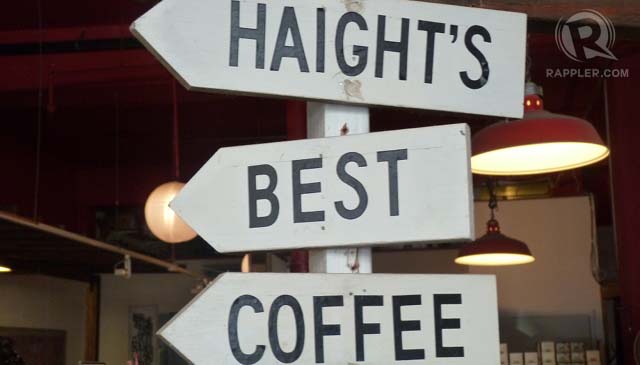
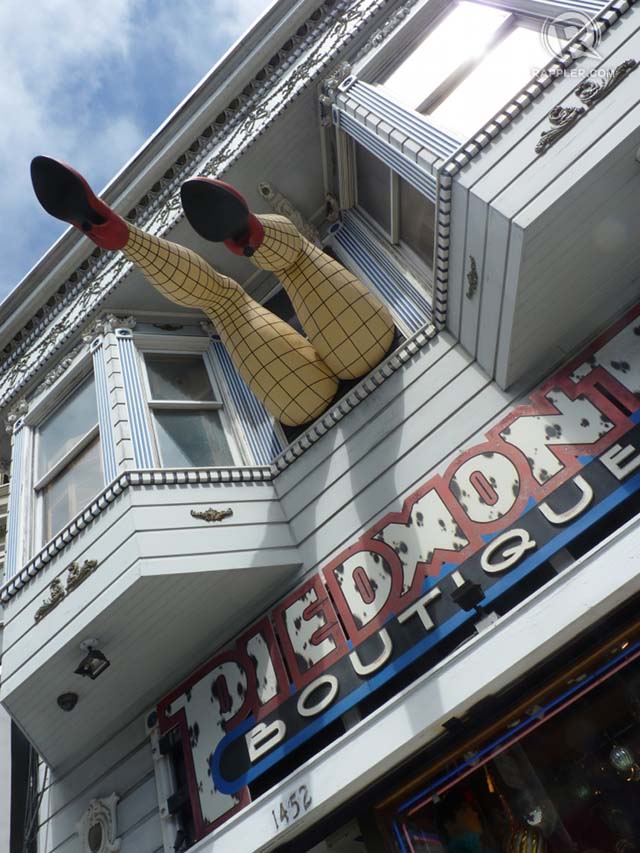
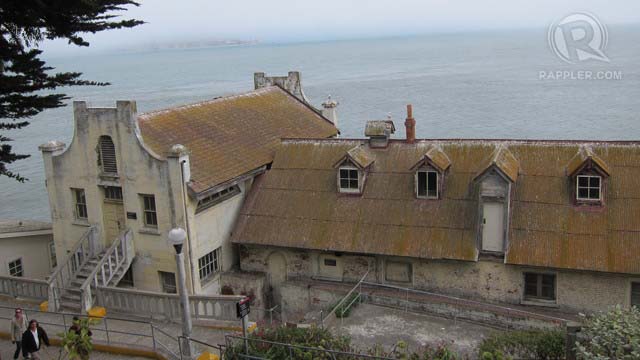
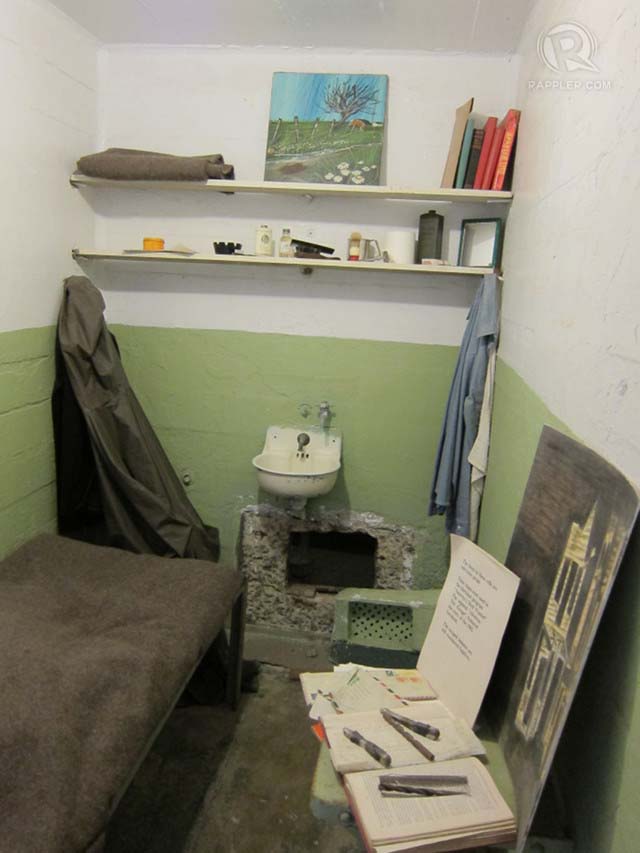
There are no comments yet. Add your comment to start the conversation.